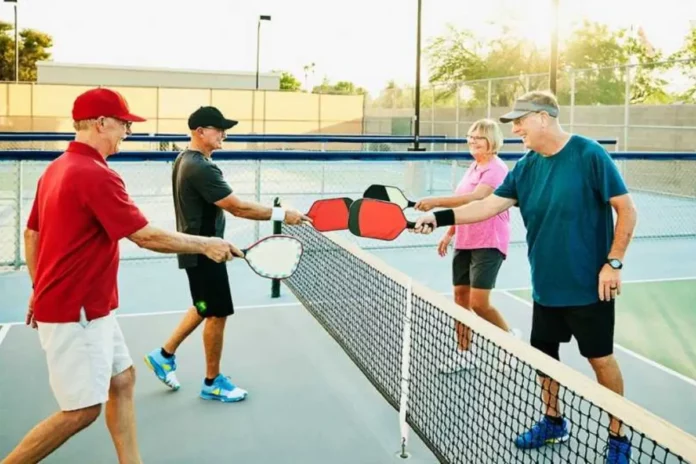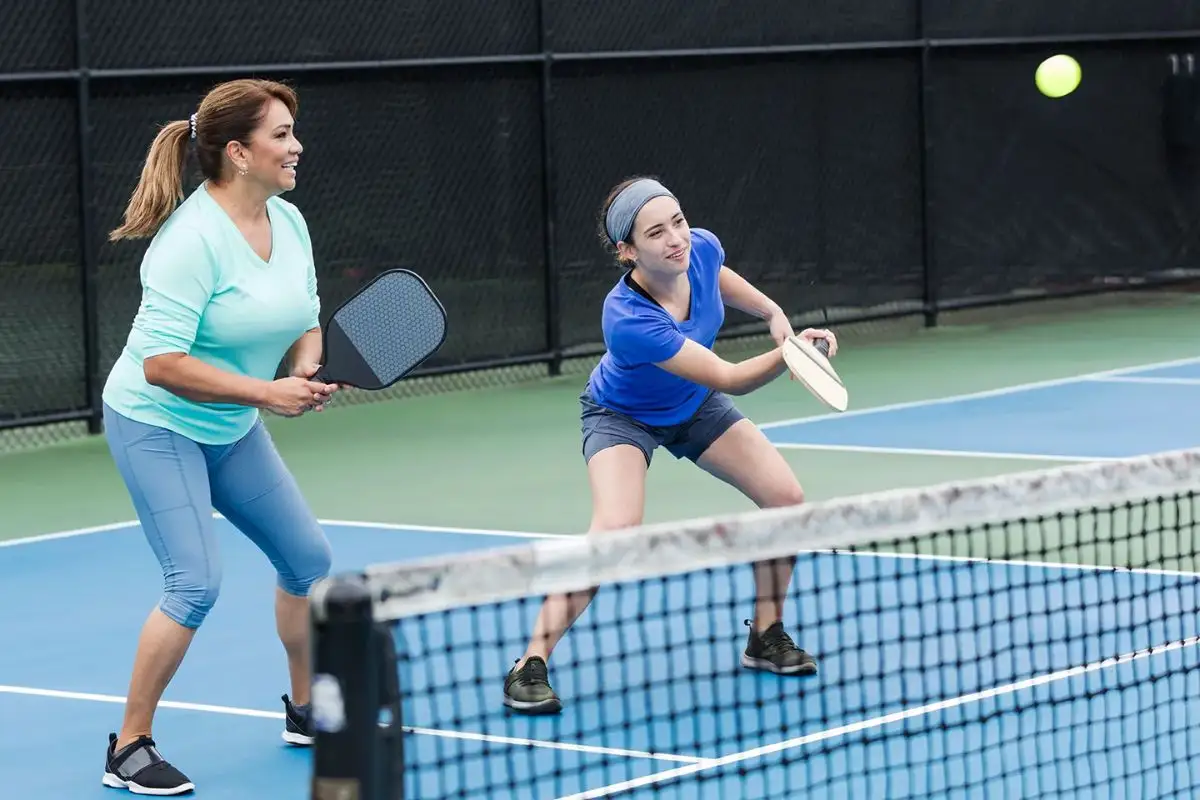Why Most Doubles Pickleball Teams Fail: In doubles pickleball, understanding the roles of the left and right side players is crucial for a team’s effectiveness. While both players bring unique pickleball skills, each side has specific responsibilities that align with strategic positioning on the court. For players seeking better teamwork and more strategic play, understanding these roles can be a game-changer.
The Aggressive Role of the Left Side Player
Typically, the left side player in doubles pickleball is the more aggressive of the two. With a forehand positioned in the middle of the court, left side players can assert more control over offensive opportunities. This role can be compared to a basketball point guard, constantly looking to drive play and take calculated risks. Their main objective is to create openings, push for offensive shots, and be prepared to take control during exchanges.
The Supportive Role of the Right Side Player
The right side player, in contrast, takes on a supportive and often more passive role. Positioned with their backhand in the middle, they focus on consistency rather than aggressive plays. Acting as a steady “backboard” for the team, the right side player aims to set up the left side partner rather than make the direct attack. This player’s primary task is to maintain a high level of shot accuracy and consistency, reducing risky shots and giving their partner opportunities to control play.
Strategic Shot Selection and Coordination
One key aspect of effective left and right side dynamics is shot selection. For instance, the right side player should avoid hitting backhand dinks from the middle, leaving those shots for the left side player’s forehand. This approach keeps the left side in a more aggressive position, while the right side focuses on setting up shots. The same strategy applies when both players are positioned at the baseline: the right side player should avoid backhand drops, allowing the left side partner to come over, take the shot, and create an opening for both to move up.
Leveraging the Left Side Advantage
Teams that understand this division of roles can maximize court coverage and offensive capability. By allowing the left side pickleball player to prioritize forehand shots in the middle, teams maintain a stronger attack position. When each player is clear about their role, the left side’s aggressiveness is complemented by the right side’s consistency, forming a balanced, cooperative approach that enhances team synergy and strengthens overall play.
The Key to Team Success
Having a partner who understands these roles is crucial. In doubles pickleball, where positioning and teamwork play critical roles, a partner’s willingness to adapt to their role on either side of the court can make the difference between an average and an exceptional team. By embracing these responsibilities, pickleball players on both sides can contribute to a more effective, strategic, and cohesive game.
News in Brief: Why Most Doubles Pickleball Teams Fail
In doubles pickleball, understanding the roles of left and right side pickleball players is essential for effective teamwork. The left side player takes on a more aggressive role, using their forehand to control the middle and drive offensive plays. Their goal is to create openings and push for attacking shots. Meanwhile, the right side player focuses on consistency, aiming to set up their partner rather than attacking directly. This division allows the left side to be more aggressive, while the right side provides stability. By coordinating shots and understanding these roles, teams can enhance their strategy, improve court coverage, and strengthen overall performance.


